An Introduction to Sanhuang Chicken
Sanhuang chicken, a breed of poultry renowned for its distinct yellow feathers, skin, and beak, holds a special place in the culinary world. This breed, native to China, has garnered attention not only for its aesthetic appeal but also for its culinary qualities. From its historical origins to modern-day cultivation and culinary applications, Sanhuang chicken offers a fascinating insight into the intersection of tradition, agriculture, and gastronomy.
Historical Background and Origins
The origins of Sanhuang chicken can be traced back several centuries in China, where it has been bred for both its aesthetic characteristics and meat quality. The name “Sanhuang” translates roughly to “three yellows,” referring to the bird’s yellow feathers, skin, and beak—a unique trait that sets it apart from other chicken breeds. Historically, this breed was highly valued in Chinese culture, often associated with prosperity and good fortune due to its golden hue.
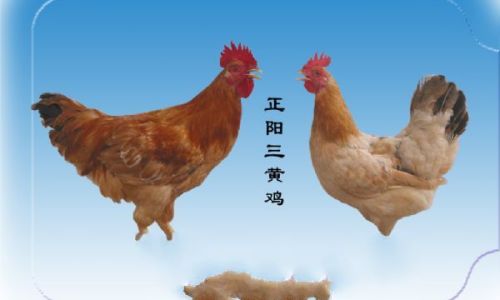
Sanhuang chickens were initially bred in specific regions of China, particularly in the southern provinces where the climate and terrain were conducive to their growth. Over time, selective breeding practices were employed to enhance the breed’s desirable traits, resulting in the robust and flavorful chickens we know today. These chickens were not only raised for their meat but also for their eggs, which were equally prized for their nutritional value and taste.
Breed Characteristics and Physical Attributes
Sanhuang chickens are medium-sized birds with a compact and muscular body structure. Their feathers are dense and glossy, with a bright yellow hue that is immediately noticeable. The skin and beak also share this distinctive yellow coloration, giving the breed its name. In addition to their appearance, Sanhuang chickens are known for their hardiness and adaptability, making them well-suited to various farming conditions.
One of the defining characteristics of Sanhuang chickens is their rapid growth rate. These birds reach a suitable size for slaughter relatively quickly compared to other breeds, making them an efficient choice for commercial poultry farming. However, it’s important to note that their rapid growth does not compromise the quality of their meat. Sanhuang chicken meat is known for its tenderness, flavor, and nutritional value.
The birds’ diet plays a crucial role in their overall health and the quality of their meat. Sanhuang chickens are typically fed a balanced diet that includes grains, legumes, and sometimes insects or other protein sources. This diet, combined with ample exercise and fresh water, contributes to the birds’ overall well-being and the superior taste of their meat.
Farming and Cultivation Practices
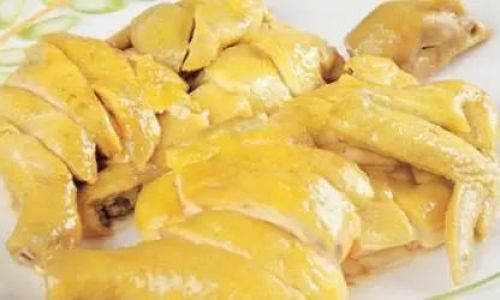
The cultivation of Sanhuang chickens has evolved over time, incorporating modern farming techniques while preserving traditional practices. In China, where the breed originated, small-scale farmers often raise Sanhuang chickens in free-range conditions, allowing them to forage for natural food sources and engage in physical activity. This approach not only enhances the birds’ well-being but also contributes to the unique flavor of their meat.
However, as demand for Sanhuang chicken has increased globally, large-scale commercial farming operations have also emerged. These operations employ more intensive farming methods, including the use of enclosed pens and automated feeding systems. While these methods may increase production efficiency, they also require careful management to ensure the birds’ health and welfare.
Regardless of the farming method, the key to successful Sanhuang chicken cultivation lies in providing the birds with a clean, safe environment and a balanced diet. Regular health checks and biosecurity measures are also essential to prevent the spread of diseases and maintain the overall health of the flock.
Culinary Applications and Popular Dishes
Sanhuang chicken’s culinary applications are as diverse as they are delicious. In China, this breed is a staple ingredient in various traditional dishes, each showcasing the bird’s unique flavor and texture. One of the most famous dishes featuring Sanhuang chicken is Boiled Sanhuang Chicken, a simple yet elegant preparation that highlights the chicken’s natural sweetness and tenderness.
In this dish, the whole chicken is gently simmered in a broth made from water, ginger, and scallions until it is cooked to perfection. The resulting meat is moist, flavorful, and infused with the aromatic scents of the cooking liquid. This dish is often served with a dipping sauce made from soy sauce, sesame oil, and garlic, enhancing the chicken’s natural flavors.
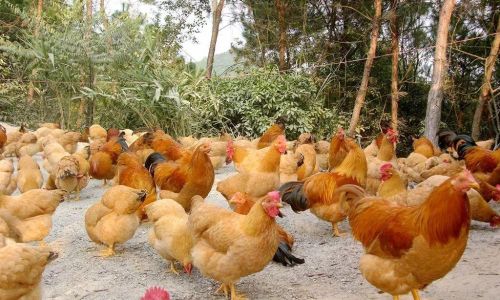
Beyond Boiled Sanhuang Chicken, this breed is also used in stir-fries, soups, and stews. Its meat is particularly well-suited to braising and steaming, as these cooking methods preserve the chicken’s moisture and flavor. In addition to its use in traditional Chinese cuisine, Sanhuang chicken has also found its way into modern fusion dishes, where its unique taste and texture are combined with ingredients and cooking techniques from around the world.
Nutritional Benefits
Sanhuang chicken is not only delicious but also nutritious. The meat is rich in high-quality protein, essential amino acids, and various vitamins and minerals. These nutrients contribute to overall health and well-being, making Sanhuang chicken a valuable addition to a balanced diet.
The fat content of Sanhuang chicken meat is relatively low, with a good balance of unsaturated fats. These fats are beneficial for heart health and can help reduce the risk of chronic diseases such as hypertension and diabetes. Additionally, the meat is a good source of selenium, a trace mineral that plays a crucial role in antioxidant defense and thyroid function.
Global Popularity and Export
As the popularity of Chinese cuisine has grown internationally, so has the demand for Sanhuang chicken. This breed is now exported to countries around the world, where it is prized by chefs and home cooks alike for its unique flavor and versatility.

In many countries, Sanhuang chicken has become a staple ingredient in Asian restaurants and fusion cuisine. Its meat is used in a variety of dishes, from traditional Chinese stir-fries to modern Western-inspired creations. The breed’s global appeal is a testament to its culinary versatility and the enduring influence of Chinese cuisine on global food culture.
Challenges and Future Prospects
Despite its popularity, the cultivation of Sanhuang chickens faces several challenges. One of the primary concerns is the preservation of genetic diversity within the breed. As commercial farming operations become more prevalent, there is a risk of genetic homogenization, which could lead to a decline in the breed’s overall health and resilience.
To address this issue, many organizations and farmers are working to establish breeding programs that prioritize genetic diversity. These programs aim to maintain the unique traits of Sanhuang chickens while also incorporating beneficial genetic variations from related breeds.
Another challenge facing Sanhuang chicken farmers is the need for sustainable farming practices. As consumer awareness of environmental issues grows, there is an increasing demand for poultry products that are produced in ways that minimize environmental impact. To meet this demand, farmers are exploring various sustainable farming methods, including the use of organic feed, reduced antibiotic use, and improved waste management practices.
Despite these challenges, the future of Sanhuang chicken looks promising. With its unique flavor, nutritional value, and cultural significance, this breed is likely to remain a staple in Chinese cuisine and a popular choice for chefs and food enthusiasts around the world. As farming practices continue to evolve, there is also potential for Sanhuang chickens to play a larger role in sustainable food production and global food security.
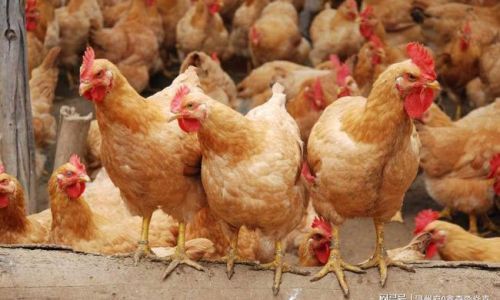
In conclusion, Sanhuang chicken is a breed of poultry that combines culinary excellence with historical and cultural significance. From its origins in China to its global popularity today, this breed has played a vital role in shaping the world’s culinary landscape. With its distinctive yellow feathers, skin, and beak, and its tender, flavorful meat, Sanhuang chicken is a true culinary treasure that deserves to be celebrated and enjoyed by all.
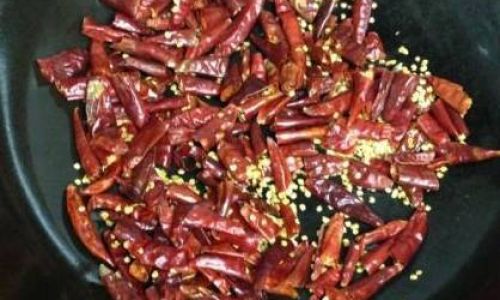
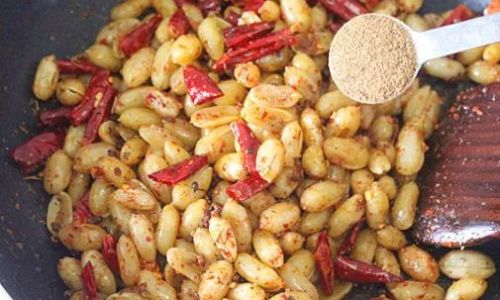


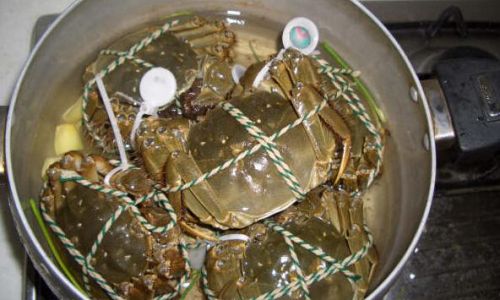
0 comments